
|
   |
|
| SPECIFICATIONS | PHOTOGRAPHS (Click on the pictures for an enlarged photo) |
 Designation: CVH (DDH) Length: 650 ft Width: 108 ft Beam: 108 ft Displacement: 21,000 tons (full load) Propulsion: 2 GE LM2500 COGAG, 2 shafts Speed: 30+ knots Crew: 350 (+ Air Wing), + up to 350 Marines Airwing: Up to 18 helo (vstol) Hanger Size (LxWxH): - 350 ft. x 60 ft. x 22 ft. (21,000 ft. sq.) Armament: - 1 X 16 Cell Mk 41 VLS - 2 X 2 20mm Phalanx CIWS - 2 X Triple 324mm topedoe tubes Elevators: 2 Ships in class: 2 DDH-181, HyugaOn August 22, 2007, the Japanese Maritime Self Defense Force launched the Hyuga, a new, large, flat deck vessel which had been laid down in May of 2006. The vessel was then commissioned into the JMSDF on March 18, 2009. On 21 August, 2009, the JMSDF launched the second in class, the DDH-182, Ise, commissioned in 2011. These vessels, which were called the 16DDH project, have a large, flat-deck, and has been designated as a DDH, or helicopter carrying destroyer. The Japanese built two vessels to replace two of the current, traditional DDH vessels in two of the JMSDF escort flotillas. Since building the Hyuga Class, the JMSDF ordered two more even larger vessels to replace their other two DDH, the 22DDH or Izumo Class, and the first of these much larger vessels was launched on August 6, 2013. The Japanese currently list the carrying capabilitiy of the Hyuga Class vessels as 4-11 ASW helos and/or large Chinook helicopters. Clearly, if capable of carrying up to 11 Chinooks, then these carriers are capable of operating more ASW helicopters, probably 18-24. In addition to their aircraft carrying capabilities the vessels have extensive command and control and communications capabilities to allow them to function as flagships and command ships for the other vessels in their flotillas. In addition, with modern Phased Array Radars (PARS), an integrated combat system, a 16 cell VLS carrying 64 Evolved Sea Sparrow anti-air missiles, and with two 20mm Phalanx CIWS, the vessels are very capable of defending themselves against air attacks. To anyone looking at the vessel, it is clear that the ship is in fact a small aircraft carrier along the lines of the United Kingdom's Invincible Class carriers without the ski-jump bow. The Hyuga is in fact very close in size and displacement to the Invincible class which can carry up to 22 aircraft (rotary and vstol) using two elevators similar to those depicted on this ship. It is clear that the capabilities of these vessels far exceeds the current capability being listed by the JMSDF. As suggested, it is likely that the vessel will be able to carry a minimum of 18 or more helicopters, and probably be capable of a mixed air wing that could include STOVL aircraft. The MV0-22 Osprey is capable of landing on, being stoed in the hanger bay, and taking off from these vessels. This was demonstrated in a 2012 cross deck operation with US MArine MV-22 Ospreys. As such, size-wise, it is apparent that F-35B joint strike fighters could operate off of these carriers in small numbers if the Japanese so desired, though it is much more likely that they would operate off of the larger, 22DDH vessels mentioned above. The Hyuga has no provisions for amphibious assault, no well deck, but could be utilized to conduct over the horizon air assaults utlizing the up to 350 Marines identified by the JMSDF. The vessel is powered by two GE Transportation power trains, each consisting of two LM2500s in a COGAG configuration, driving their respective propeller through a gearbox and shaft. The ship has two shafts. The engines each provide 25,000 shaft horsepower. The two follow-on, and much larger vessels, Izumo Class or the 22DDH project displace almost 30,000 tons each are 815 ft. long, have a 125 foot beam, and will carry up to 30 aircraft.
|
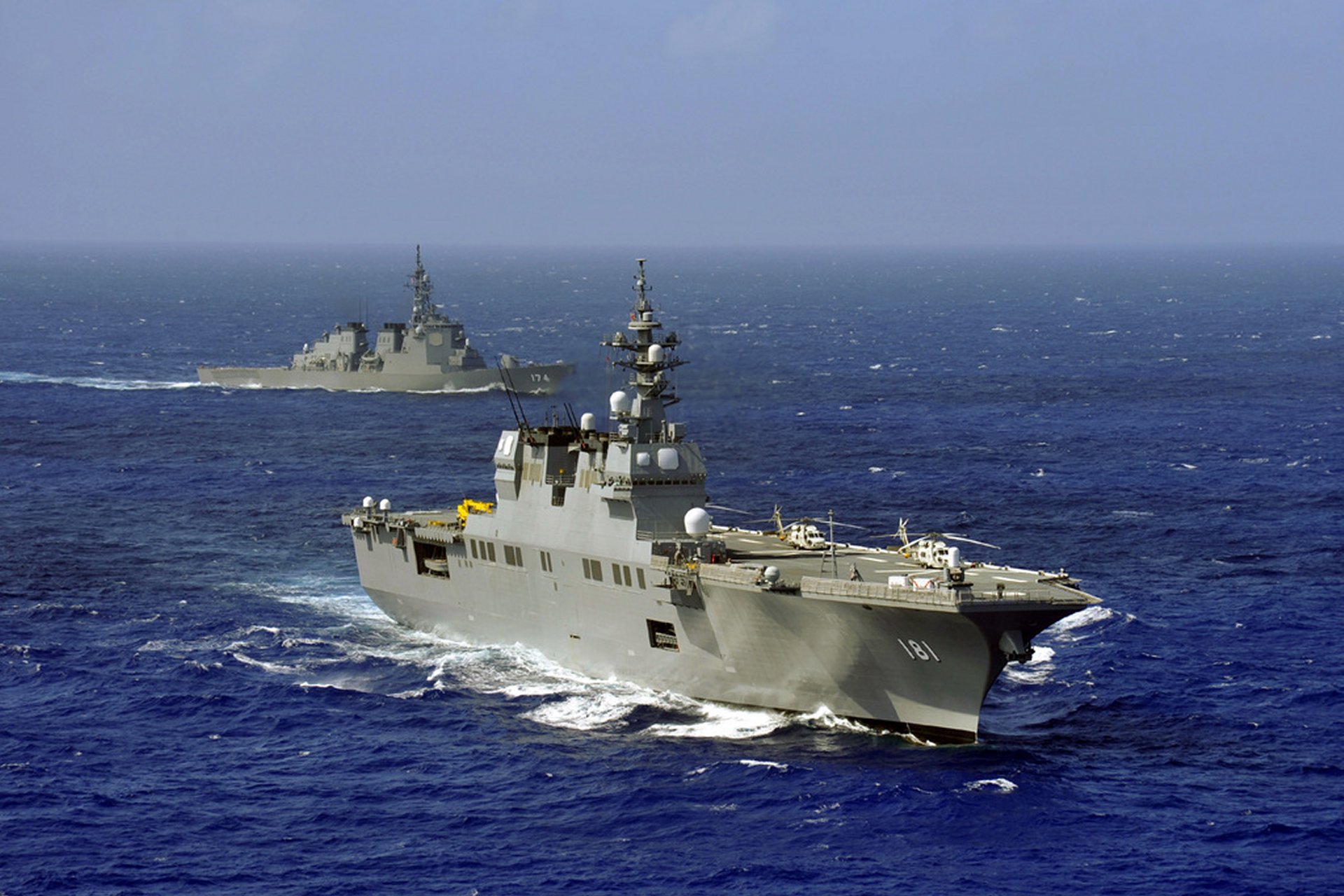  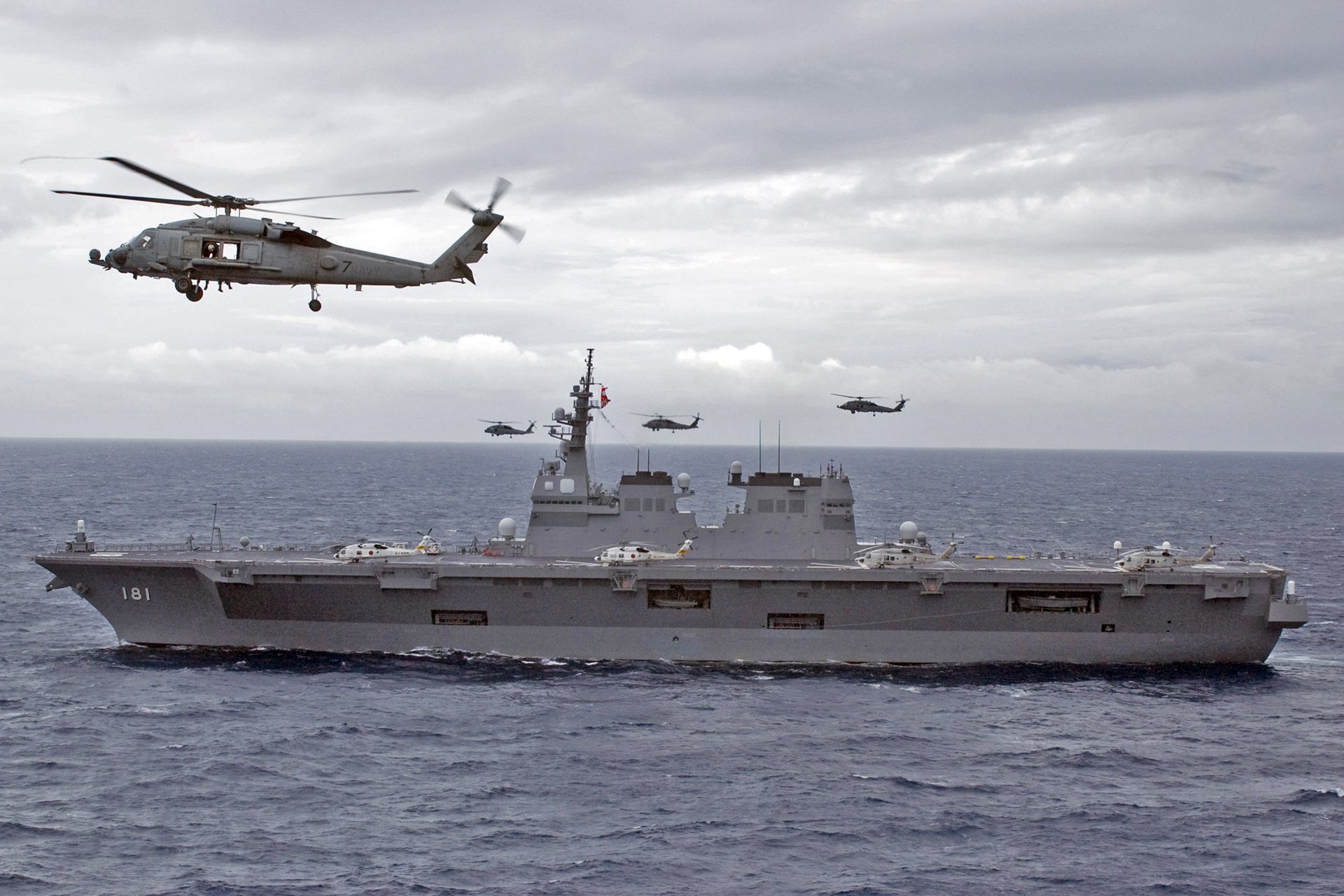  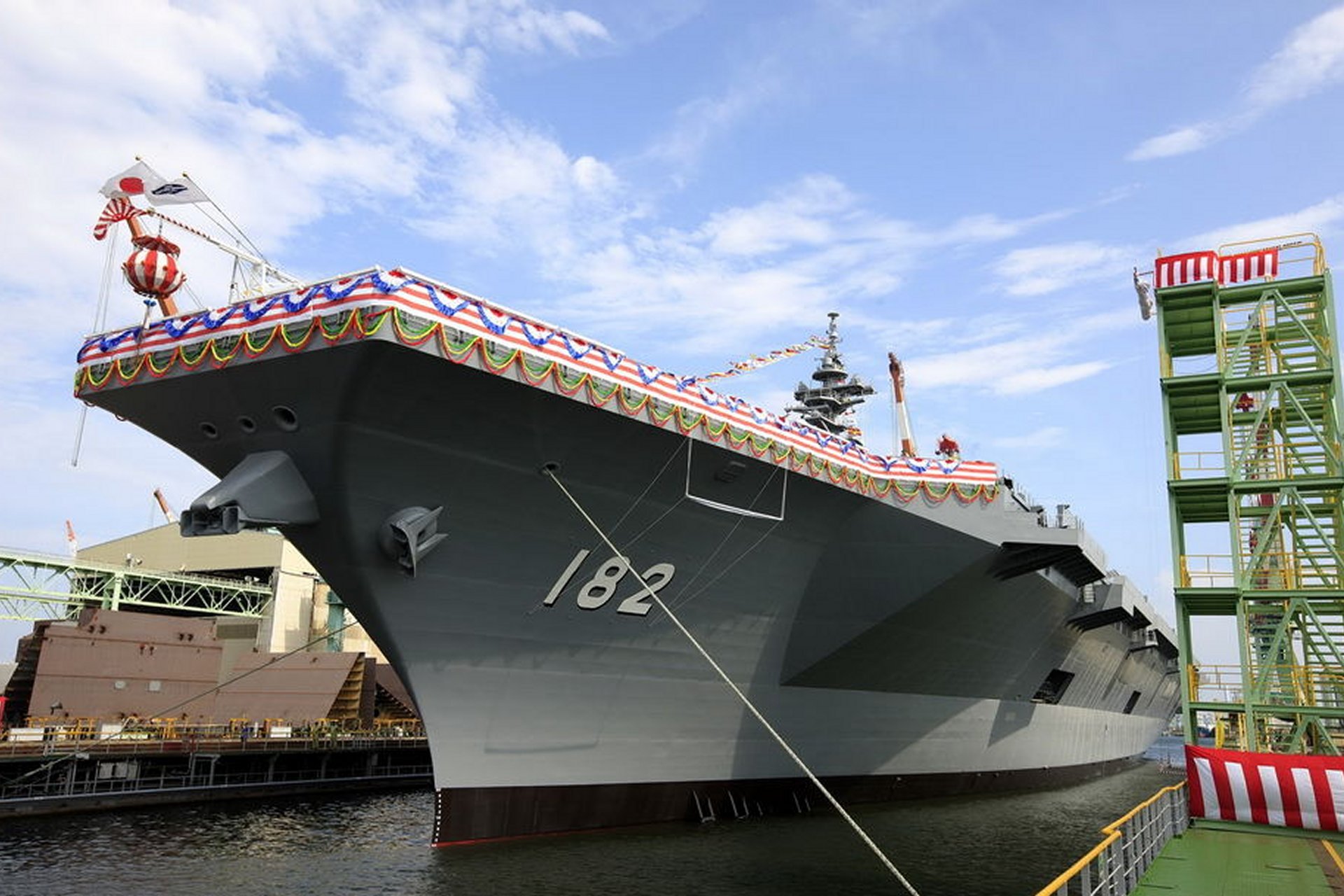 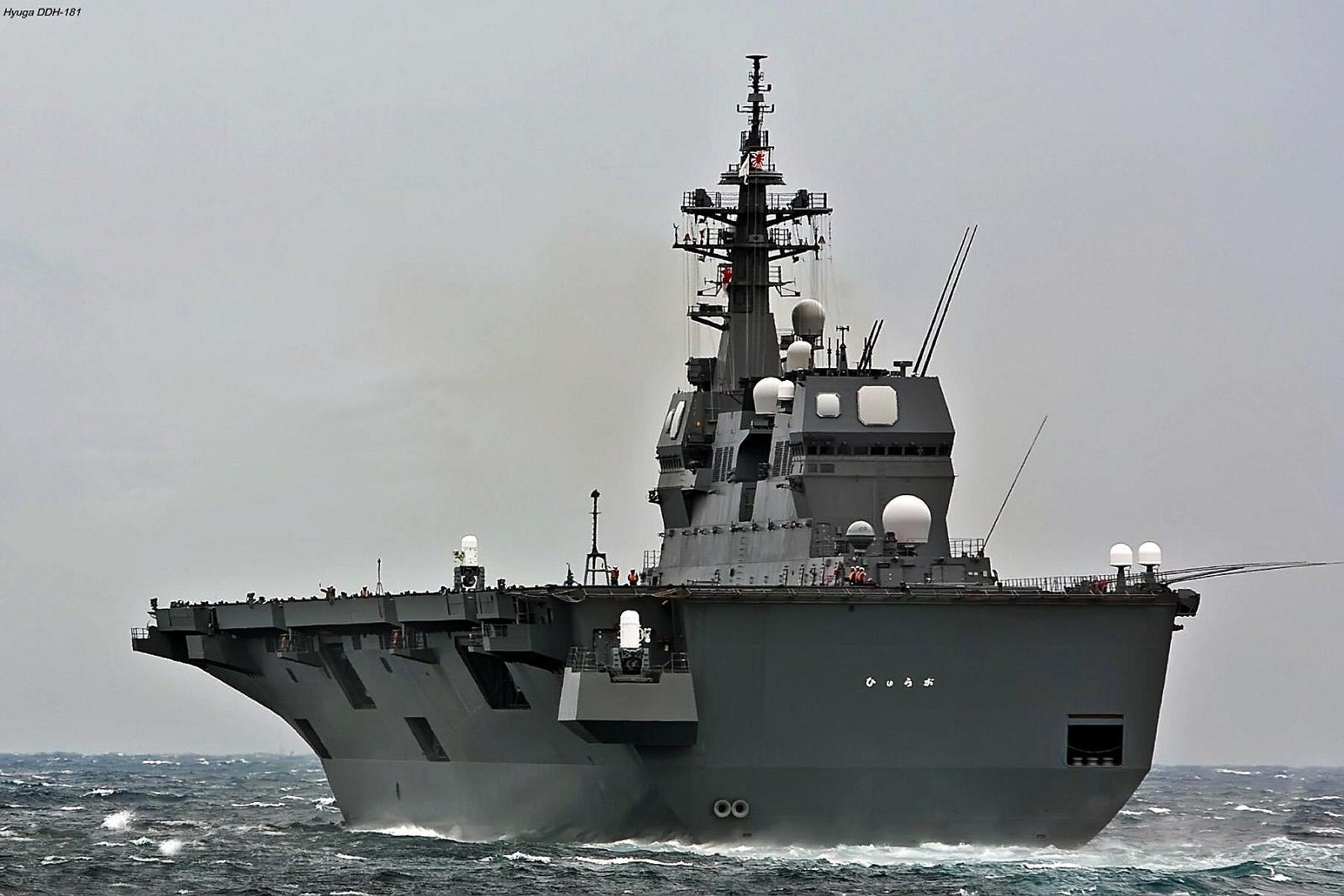   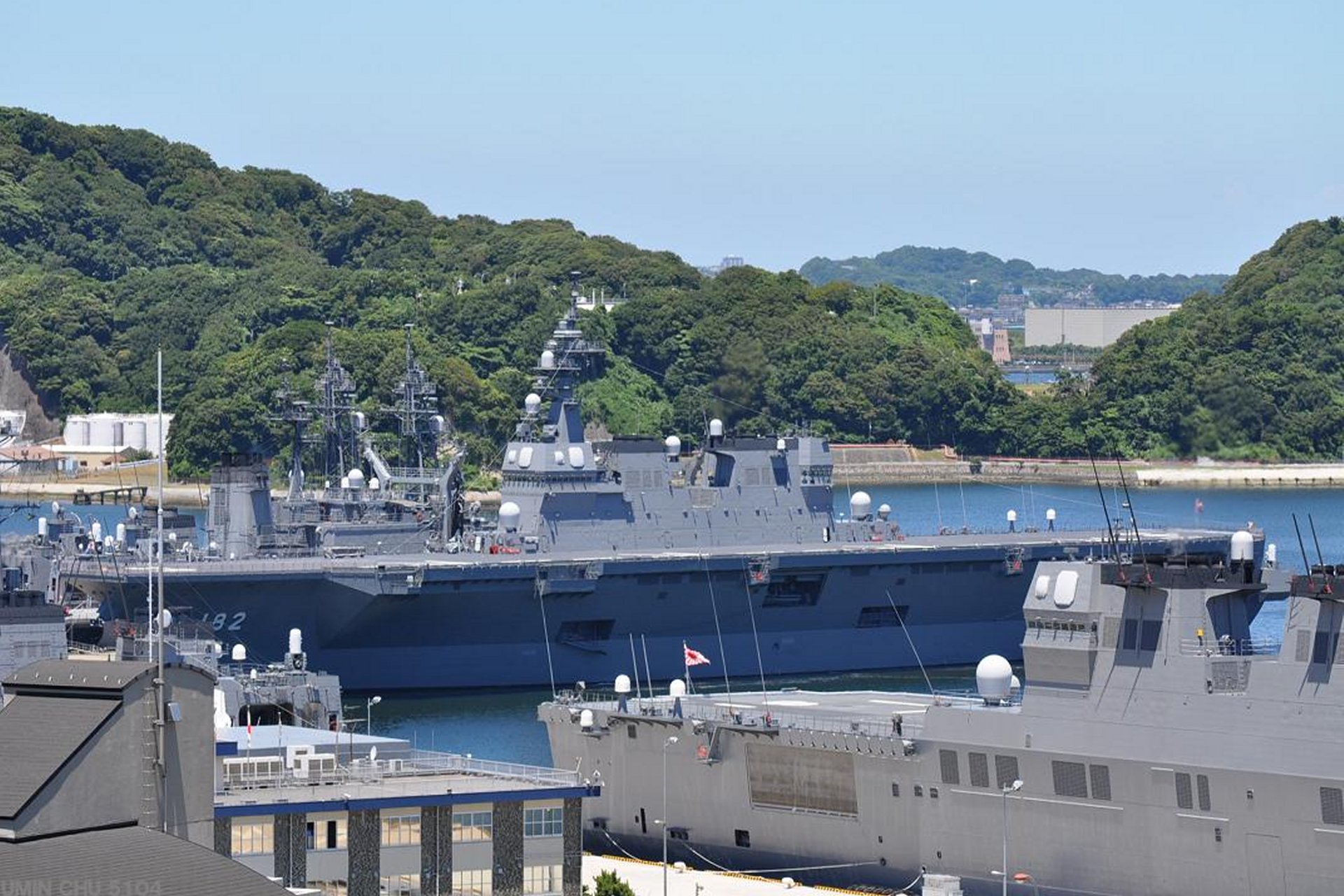 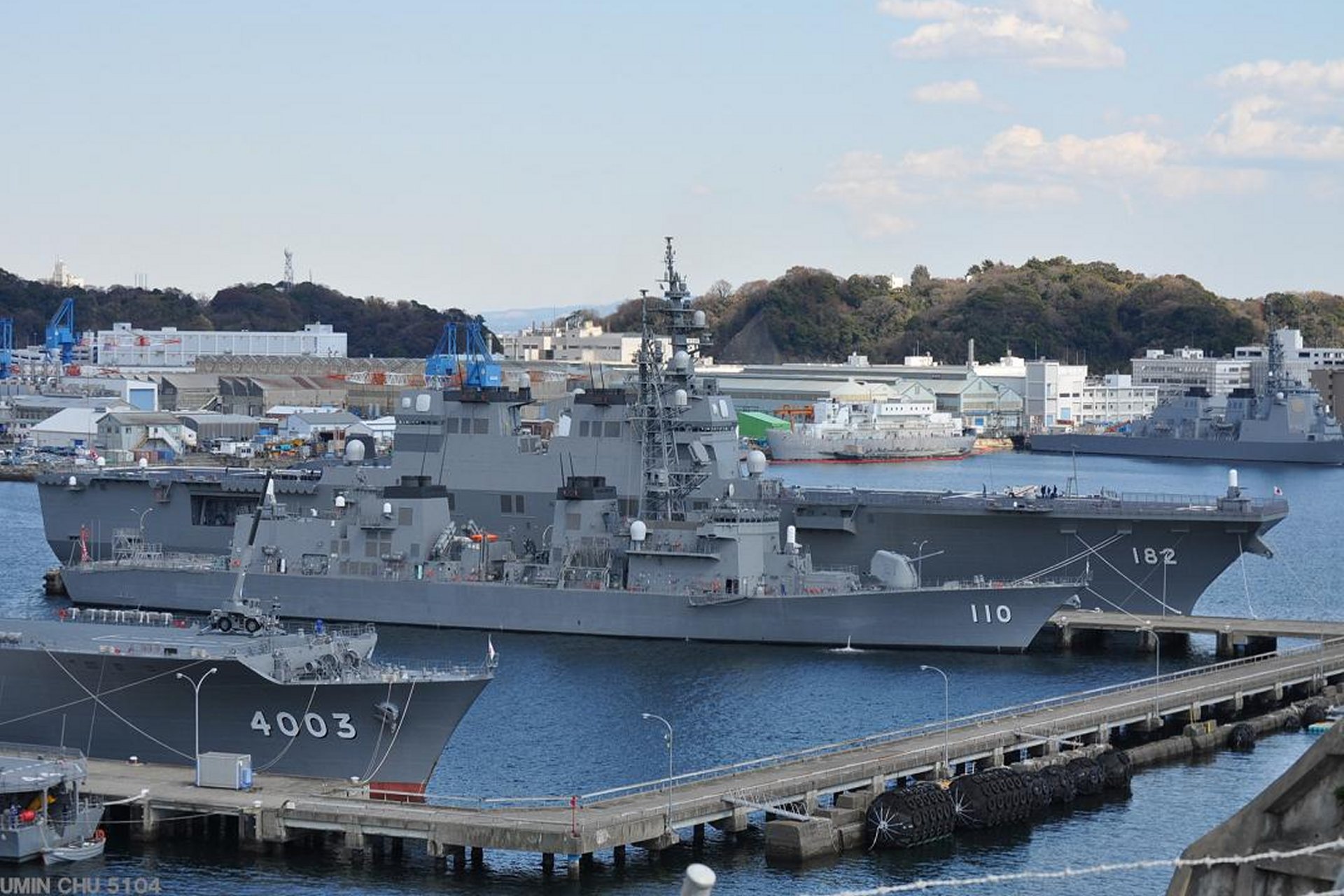 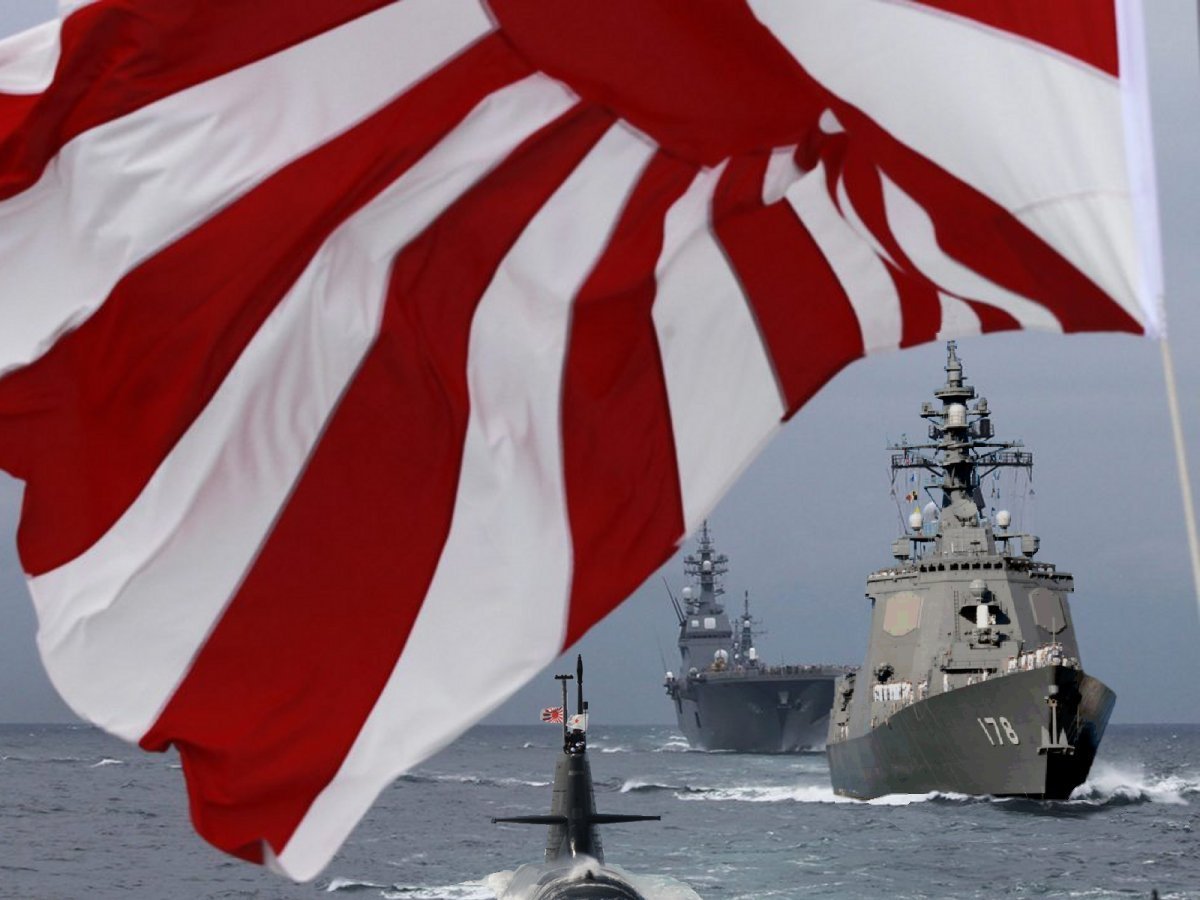 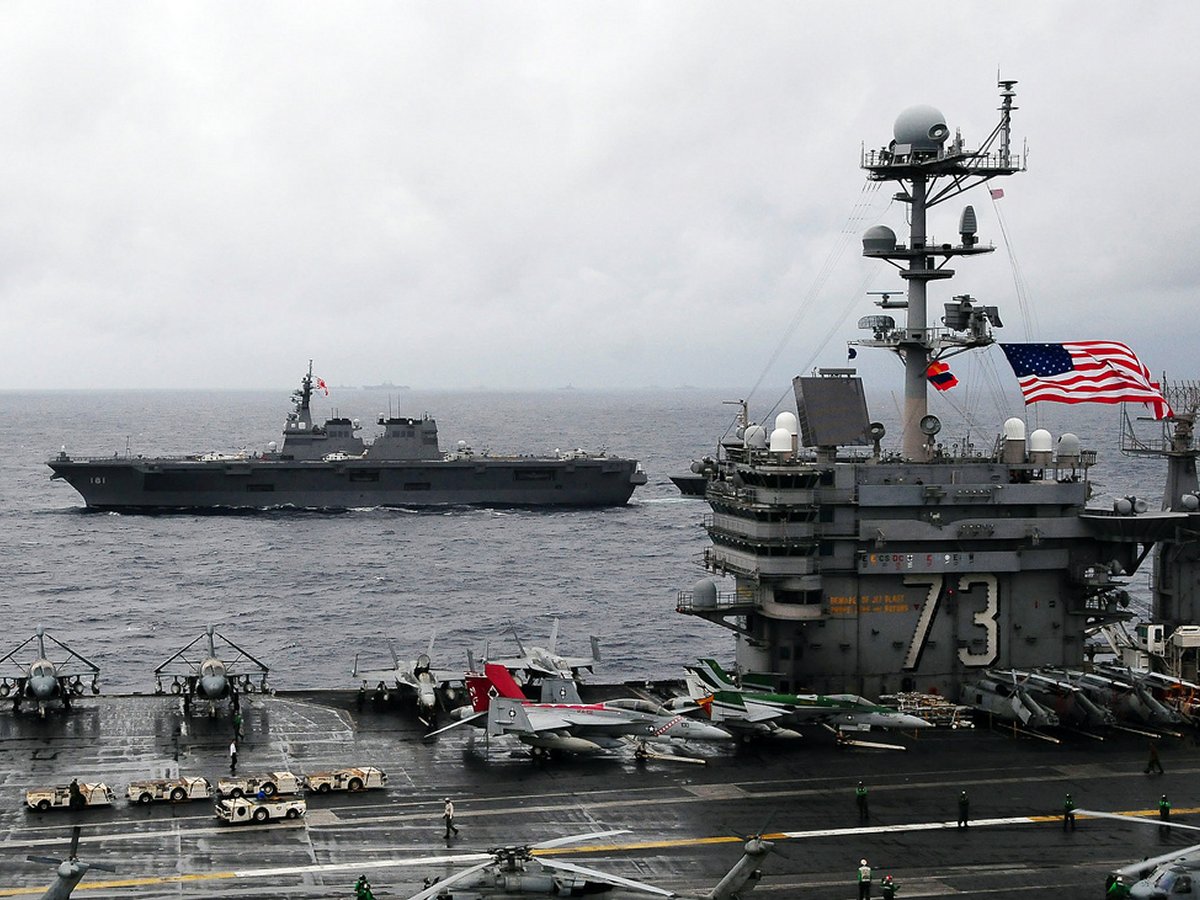 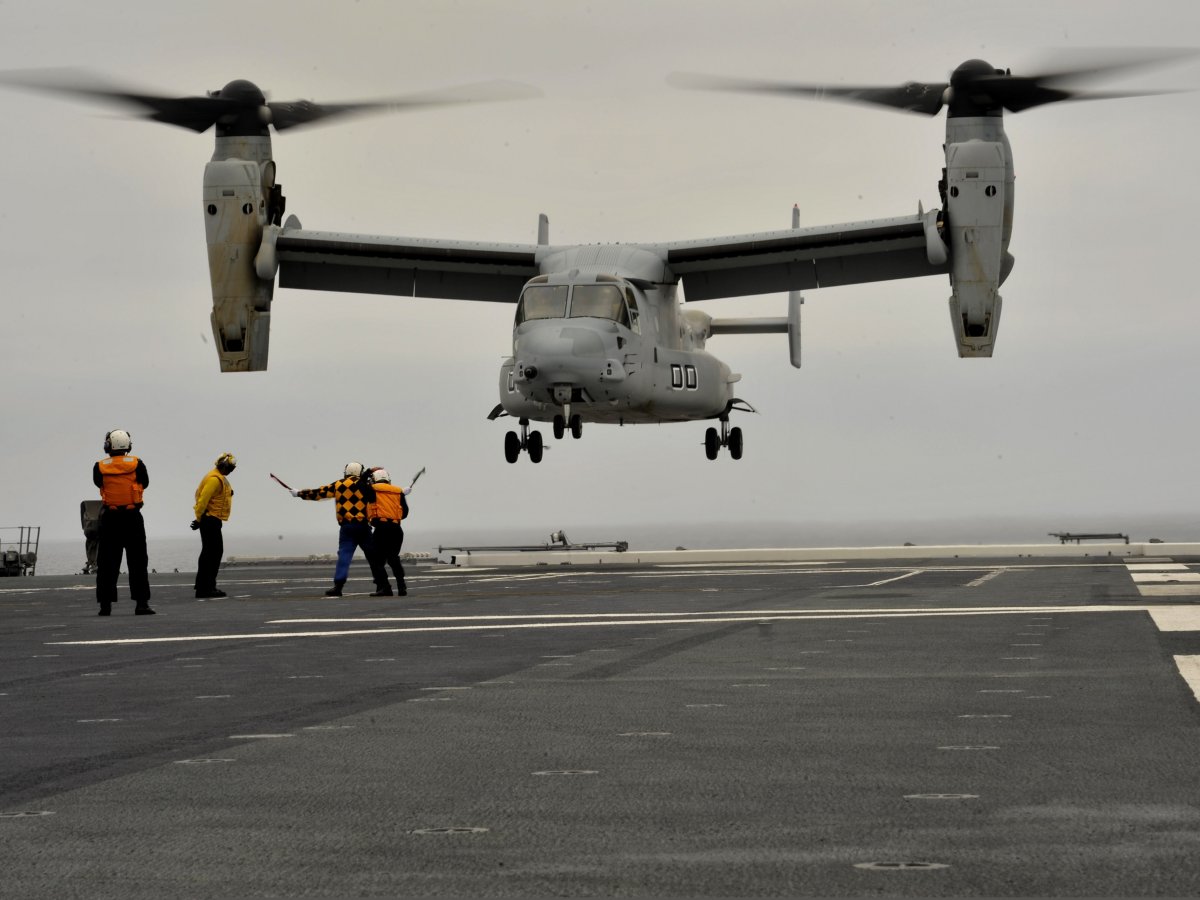 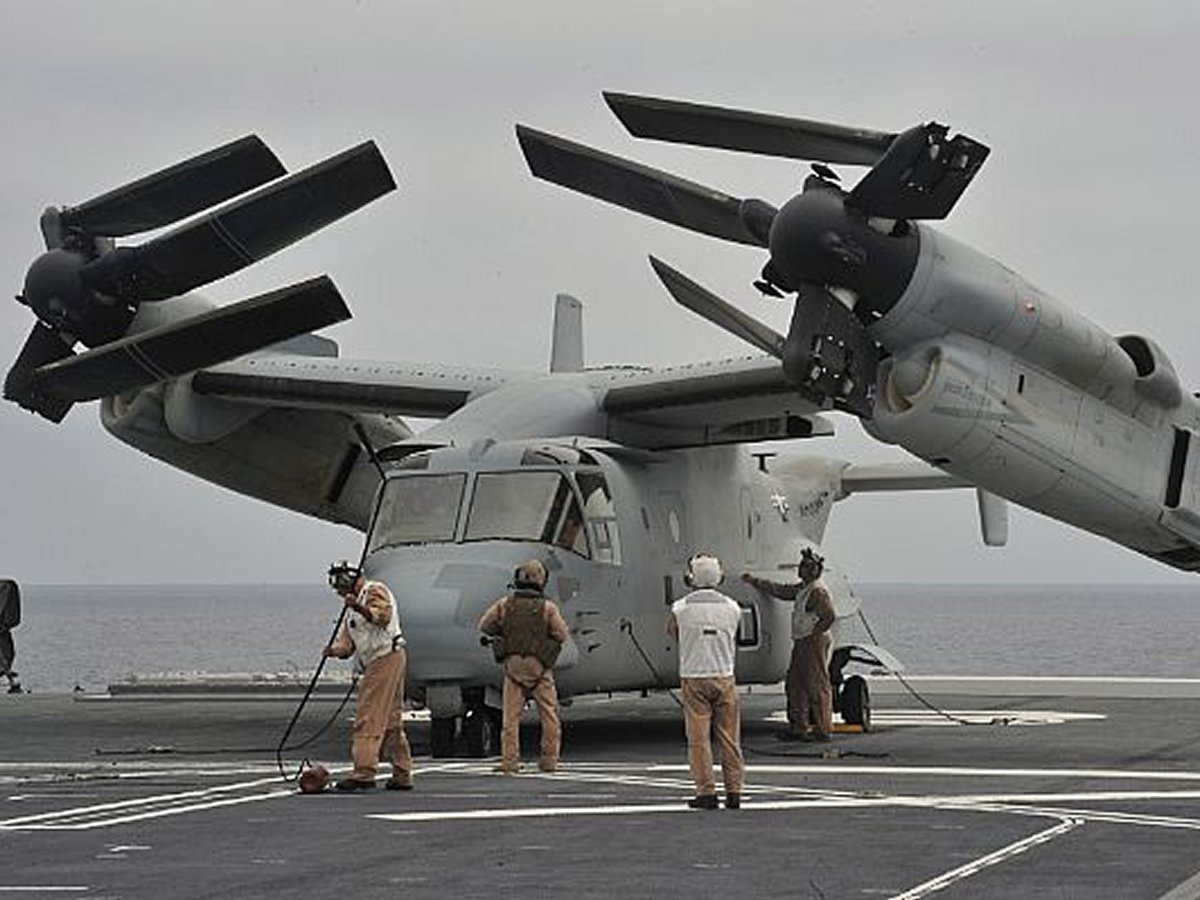 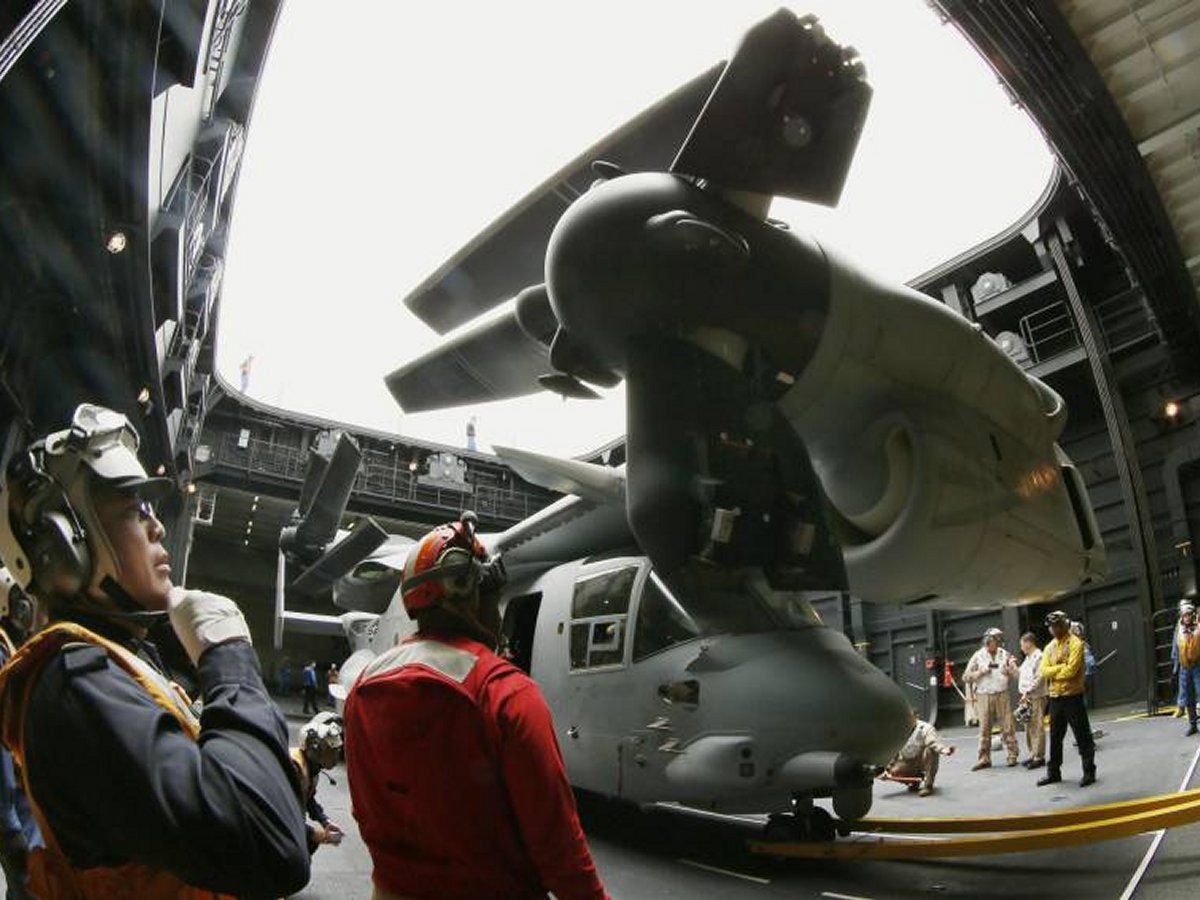 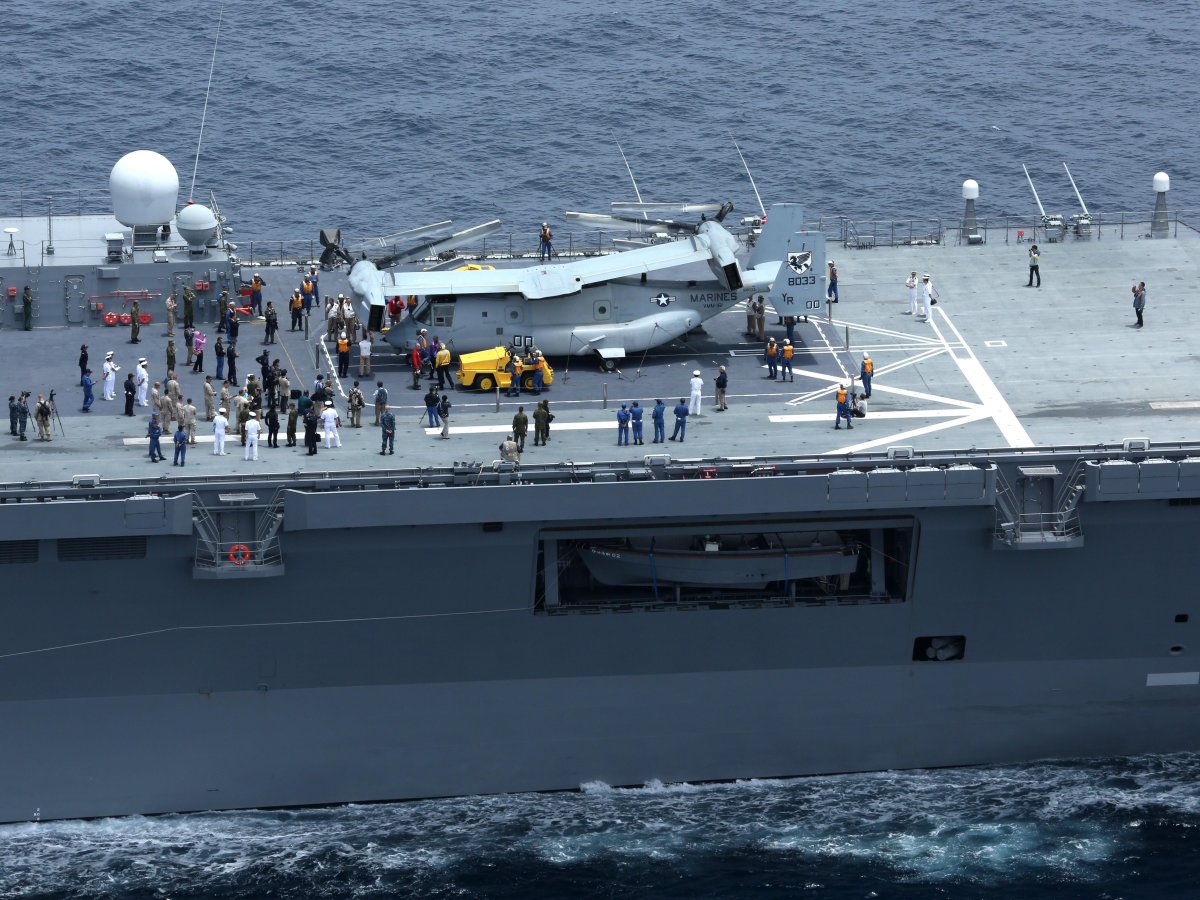 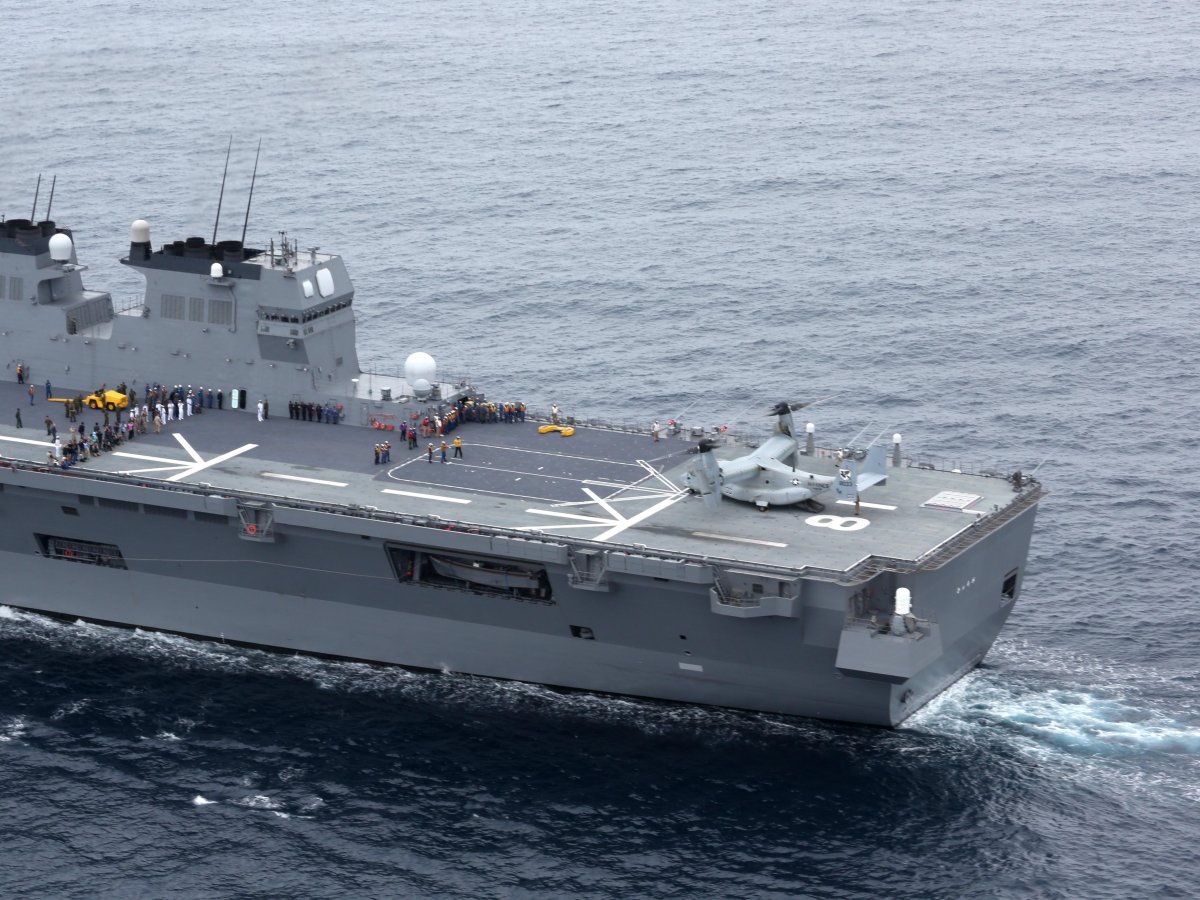 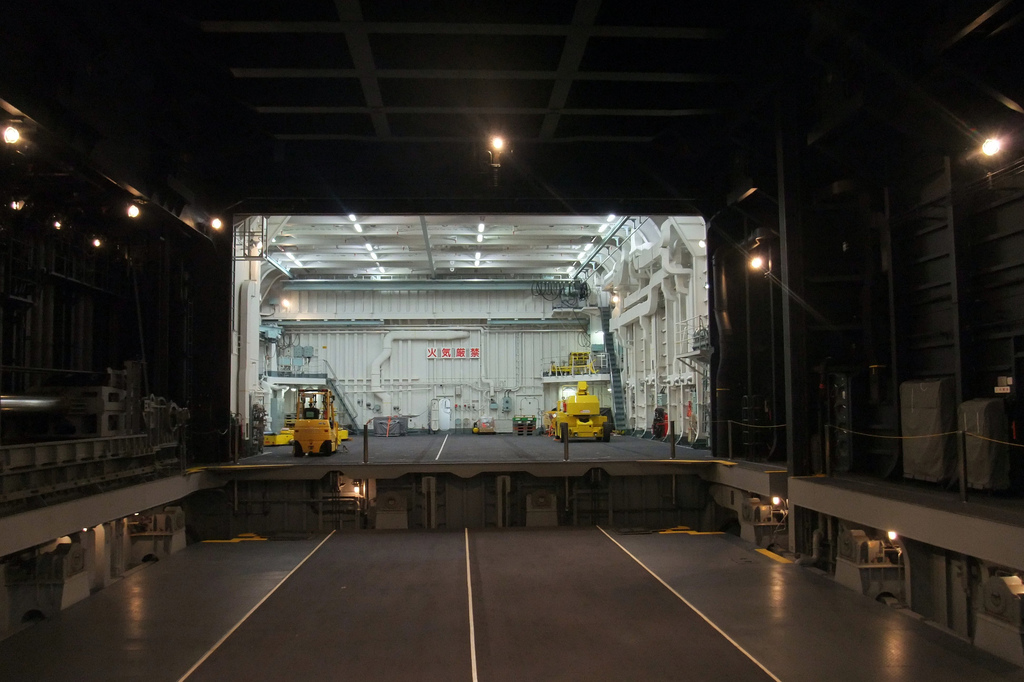 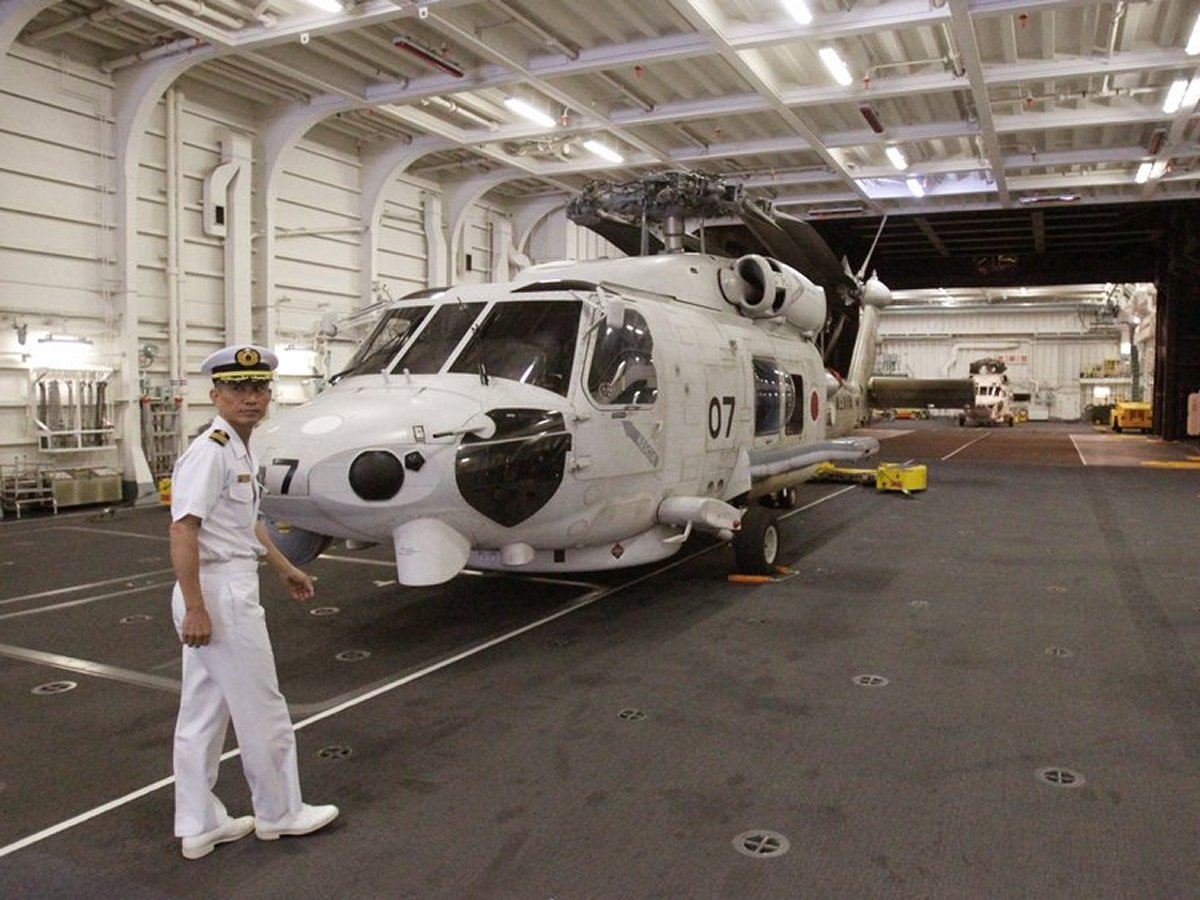 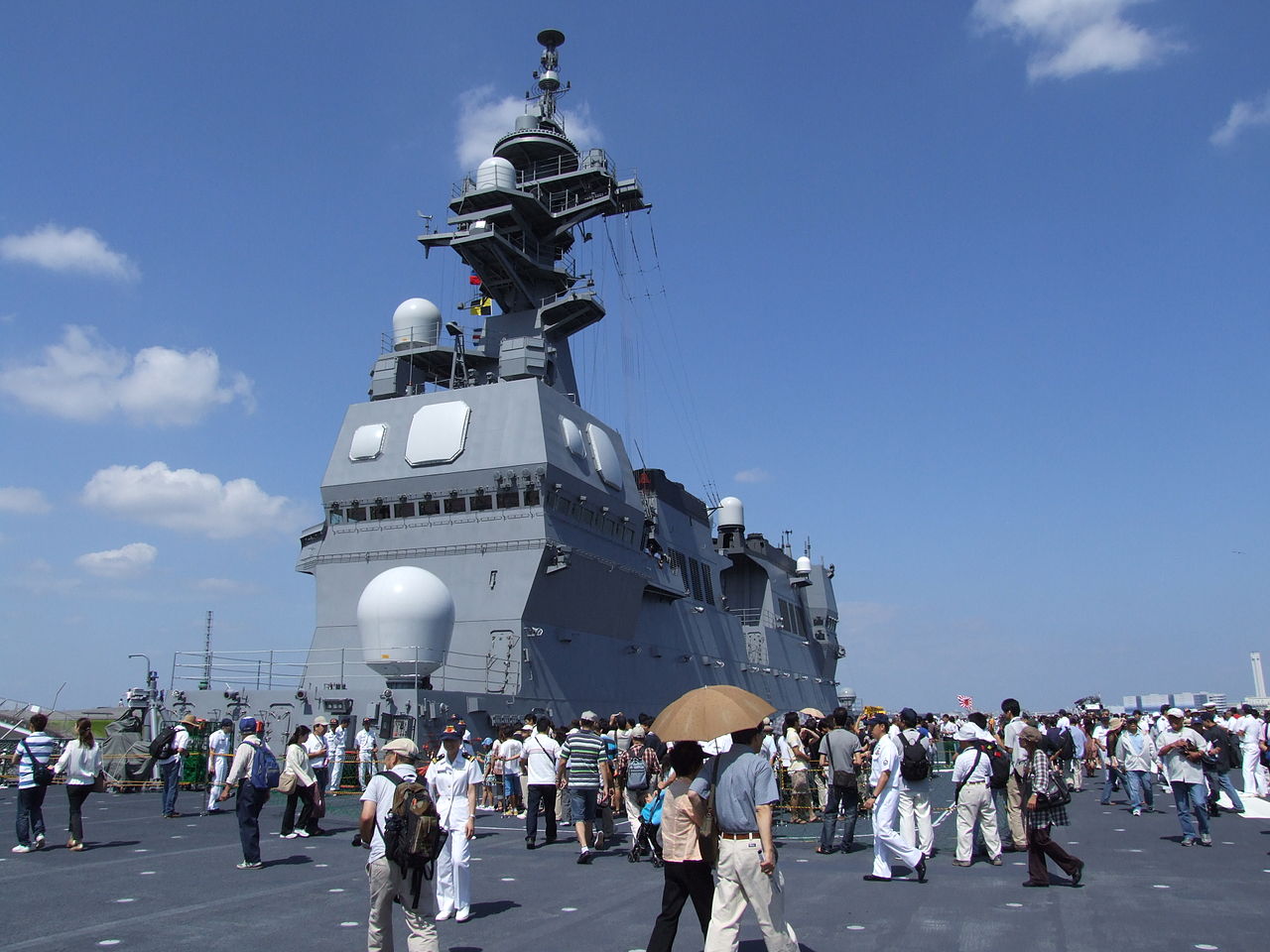  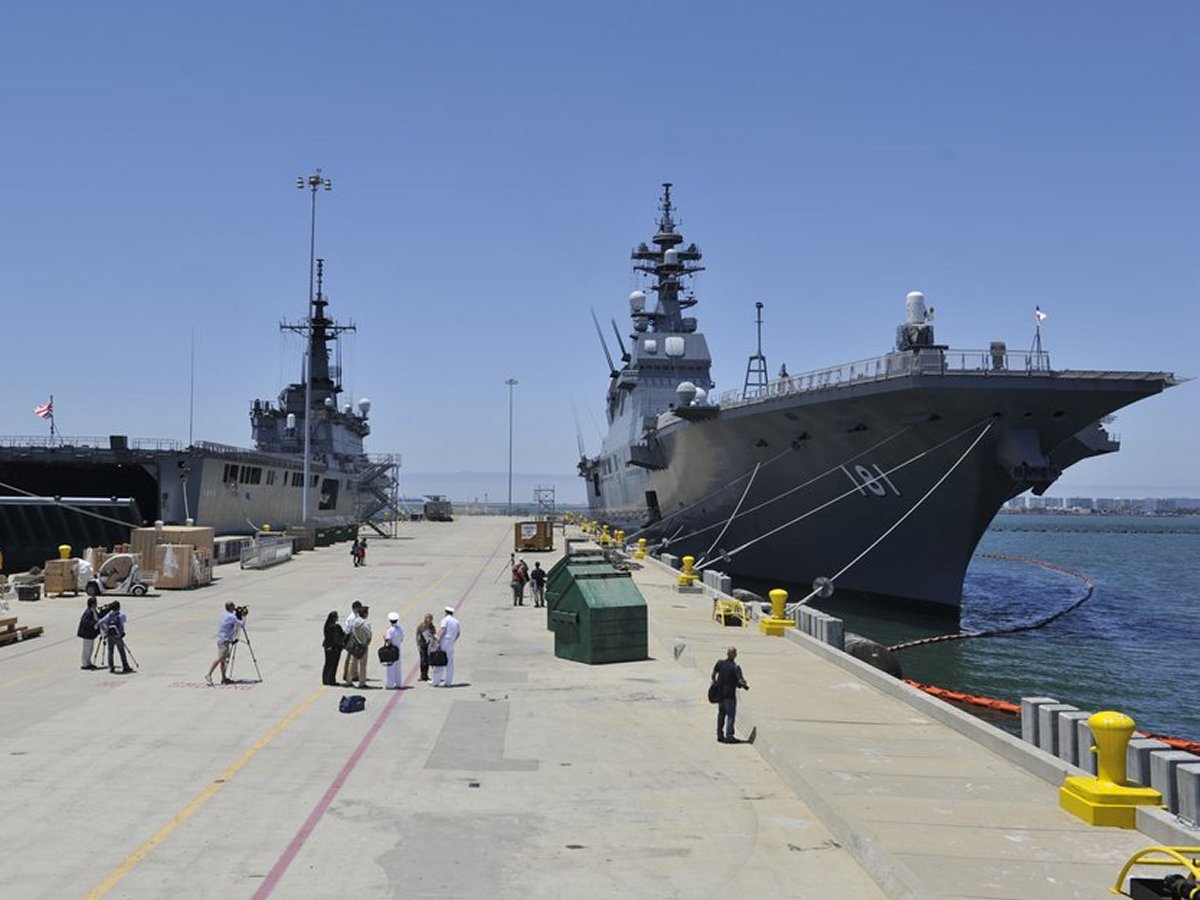  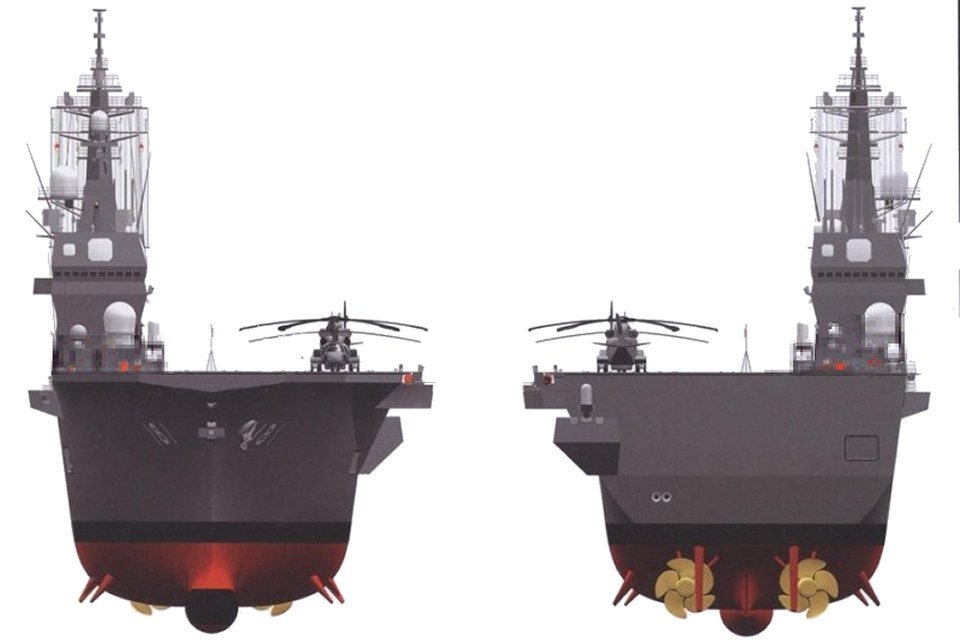 |
 |
View Guestbook | LINKS OF INTEREST | Sign Guestbook |
 |
Copyright © 2007-2012 by Jeff Head |
JEFFHEAD.COM Hit Counter
World-wide Aircraft Carrier Hit Counter
